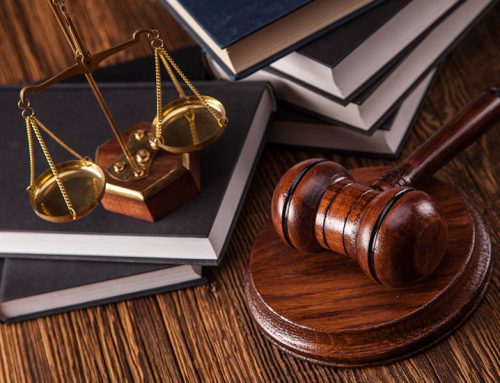Onyx slabs are known for their incredible translucent hues. They range in a spectrum of colors, from whites and blacks to more vivid shades of green, pink, blue, and orange. In addition to their vibrant colors, onyx slabs stand out due to their bold banding.
An onyx wall is sure to be the focal point of any room, but it’s important to consider the pros and cons of onyx installations for walls, floors, and countertops first. Here at Arvin stone, we only have the highest quality onyx slabs for sale.
Onyx Slabs Usage
Onyx stone slabs are most commonly used for wall coverings in highly visible areas like hotel lobbies, public bathrooms, or home kitchens. Due to their translucency, they look incredible installed with backlighting or in a place that receives a lot of natural light.
The main advantage of onyx slabs is their incredible and eye-catching beauty. With their vivid colors, translucency, and bold bands, natural onyx walls are sure to be the focal point of any room.
This natural stone is simply stunning, with varieties of green onyx slabs, blue onyx slabs, white onyx slabs, and black onyx slabs all present in nature. Its natural vibrancy, rich bands, and translucency make it a piece of art.
onyx stone is artificial or natural?
Onyx is a wonderful multi-colored natural mineral, one of the unique properties of which is that the stone shines. It is most often used in the interior as a decoration and decoration – for partitions, walls, lamps, tables, bars and other interior details
Are onyx slabs expensive?
Because onyx is a rare and luxurious stone, natural onyx slabs are more expensive than other natural stones like granite or marble.
What happens if onyx gets wet?
If you spill anything on a natural onyx slab, be sure to clean it up quickly with a non-abrasive cleaner to prevent staining. Additionally, regularly re-seal the stone’s surface to protect it from staining and moisture damage.






Leave A Comment
You must be logged in to post a comment.